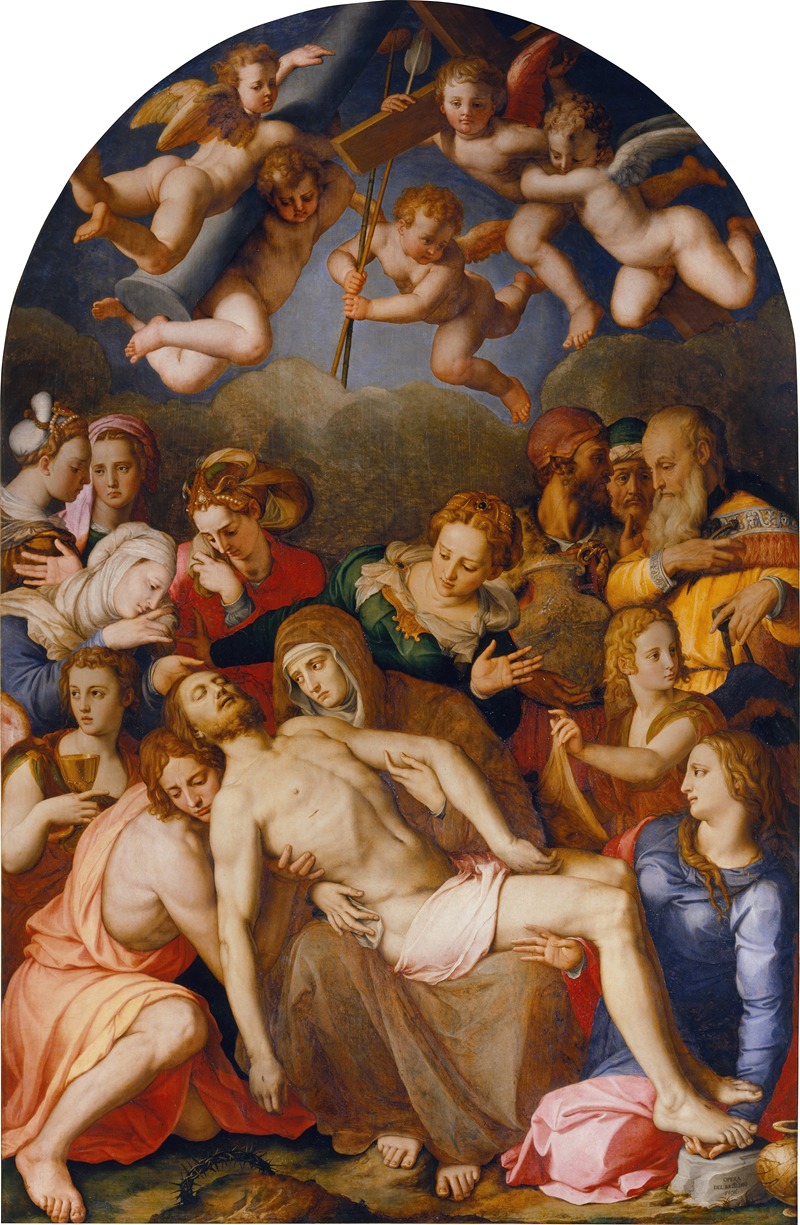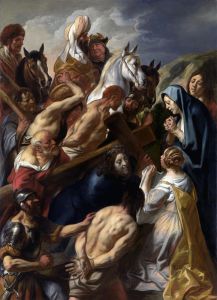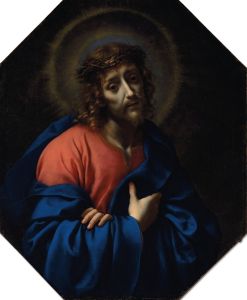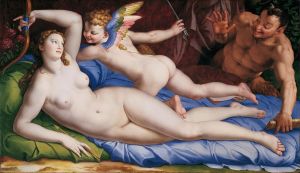
The Deposition of Christ
A hand-painted replica of Agnolo Bronzino’s masterpiece The Deposition of Christ, meticulously crafted by professional artists to capture the true essence of the original. Each piece is created with museum-quality canvas and rare mineral pigments, carefully painted by experienced artists with delicate brushstrokes and rich, layered colors to perfectly recreate the texture of the original artwork. Unlike machine-printed reproductions, this hand-painted version brings the painting to life, infused with the artist’s emotions and skill in every stroke. Whether for personal collection or home decoration, it instantly elevates the artistic atmosphere of any space.
Agnolo Bronzino's "The Deposition of Christ" is a significant work of art from the Italian Mannerist period. Bronzino, whose full name was Agnolo di Cosimo, was an influential painter of the 16th century, known for his sophisticated style and association with the Medici court in Florence. He was a leading figure in the Mannerist movement, which emerged as a reaction to the harmonious ideals of the High Renaissance, emphasizing complexity and artificiality over naturalism.
"The Deposition of Christ" depicts the moment when Christ's body is removed from the cross, a subject that has been a popular theme in Christian art. This scene is part of the Passion of Christ, which narrates the events leading up to and following the crucifixion. The painting captures the somber and emotional moment with a focus on the figures involved in the deposition, including the Virgin Mary, Mary Magdalene, and Nicodemus or Joseph of Arimathea, who are traditionally depicted in such scenes.
Bronzino's work is characterized by its meticulous attention to detail, vibrant color palette, and elegant composition. In "The Deposition of Christ," these elements are evident in the way the figures are arranged and the drapery of their garments, which exhibit a sculptural quality. The artist's use of color is both rich and subtle, enhancing the emotional impact of the scene while maintaining a sense of harmony and balance.
The painting reflects Bronzino's mastery of anatomy and his ability to convey complex emotions through facial expressions and body language. The figures are elongated and posed in a way that emphasizes their grace and poise, a hallmark of Mannerist art. This stylization is evident in the elongated limbs and the serene, almost detached expressions of the figures, which contrast with the dramatic nature of the scene.
Bronzino's "The Deposition of Christ" is also notable for its use of light and shadow, which adds depth and dimension to the composition. The interplay of light across the figures and the background creates a sense of movement and guides the viewer's eye through the painting. This technique highlights Bronzino's skill in creating a dynamic yet cohesive composition.
The painting is housed in the Musée des Beaux-Arts in Besançon, France, where it remains an important example of Bronzino's work and the Mannerist style. It continues to be studied and admired for its artistic and historical significance, offering insight into the religious and cultural context of the time.
Bronzino's contribution to art extends beyond his paintings; he was also a poet and a prominent figure in the intellectual circles of Florence. His work, including "The Deposition of Christ," reflects the sophisticated and refined aesthetic that defined the Mannerist movement, making him a pivotal figure in the transition from the Renaissance to the Baroque period.
In summary, Agnolo Bronzino's "The Deposition of Christ" is a masterful representation of Mannerist art, showcasing the artist's technical skill, innovative use of color and composition, and ability to convey profound emotion. It stands as a testament to Bronzino's enduring legacy in the history of art.


















